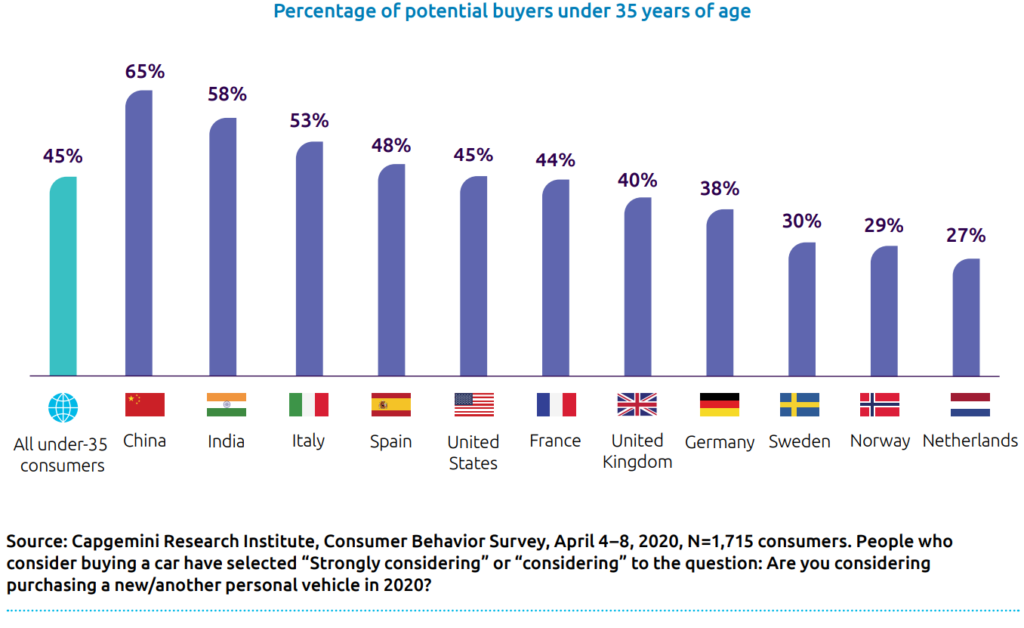The polls have failed again. The result of the 2020 US Presidential election has not even been confirmed, and there are various news sources claiming that the polling companies have got it all wrong, again. Polls predicted that Biden would win various states comfortably. They either picked the wrong winner, or the race was far, far closer than the polls suggested. It was not supposed to be like this. After the 2016 disasters of Brexit and Trump winning defied the predictions from polling companies – there was supposed to be change – more accuracy in how data is collected and norms calculated.
Political polling is perhaps one of the more visible uses of market research for the average consumer. Polling is a subset of market research and there is a danger that market research as an industry receives negative association from yet another public failing. The Atlantic has published an interesting piece on the ‘disaster’ of the polls and highlights 2 potential arguments to the polls results – that is also the argument for market research as a whole:
“First, many pollsters insist that their polls are snapshots, not predictors. If their snapshots are so far off, though, where were they aiming the lens? Why bother?”
“Second, the analysts will protest that they’re only as good as the polls, but who cares? Whatever the instructions on the bottle, the public uses opinion polls to try to understand what happens. If the polls and their analysts don’t offer the service that customers are seeking, they’re doomed.”
This is similar to the argument that I have heard a few times from senior stakeholders in large companies. “Steve Jobs didn’t use research, why do we need a research company”?
Market research is critical in the uncertain world we live in now. And the mistake that people are making when commenting on the accuracy of the polls, is the same mistake that people make in business. The expectation that there is one data point or one piece of research that will predict the future.
Looking back at the polls, whether a particular result has 51% Biden, or 49%, is not as important as understanding that there is a clear divide. Digging down to uncover the reason for the divide and looking for ideas as to how to change perceptions is what should be most meaningful for anyone looking to illicit change.
Get regular insights
Keep up to date with the latest insights from our research as well as all our company news in our free monthly newsletter.

Whilst commenting on the Brexit result (and the failure of the polls) in 2016, I commented that research should be used for Inspiration, Measurement or Predictions – but not by asking for a single score! Instead, market research should be looked at the same way that you have a golf coach, or a piano tutor. You are looking to improve your skills over a period of time, by having someone provide you with the ideas and confidence to get better. Market research, at its best, draws upon multiple sources. Some primary, some secondary, some direct, some passive. What you need is the understanding of what is going on – not just a snapshot.
In the corporate world, marketing has traditionally been the function that ‘owns’ the researchers. How well CMOs can ensure their products and services are relevant to their customer justifies the work they are doing. The future of market research needs to look more holistically. Marketeers should look to understand trends that are happening. This could mean getting insights from other industries or other markets. Market research is an ever changing, but every relevant industry. Right now, marketeers and decision makers can look at mobile applications, AI analyzed digital diaries, big data and text analytics to get an insight into consumer needs and habits. Understanding consumers has never had as many possibilities as it does today. The skill of the researcher, and the goal of any research agency is to bring together the best people, with the best tools, to advance an idea or to provide confidence.
Understanding the underlying situation is critical for decision makers to be able to create a program of change. Whoever wins the US election, the hope is that they understand the patterns and the needs of the nation to create change. For the market research industry – the focus must be on showcasing the story of change – and encouraging all to follow.











 Sales & Marketing
Sales & Marketing Vital Strategies
Vital Strategies
 Customer Intelligence Director
Customer Intelligence Director